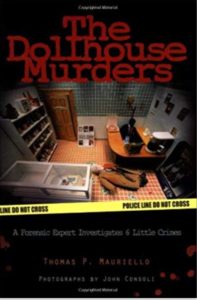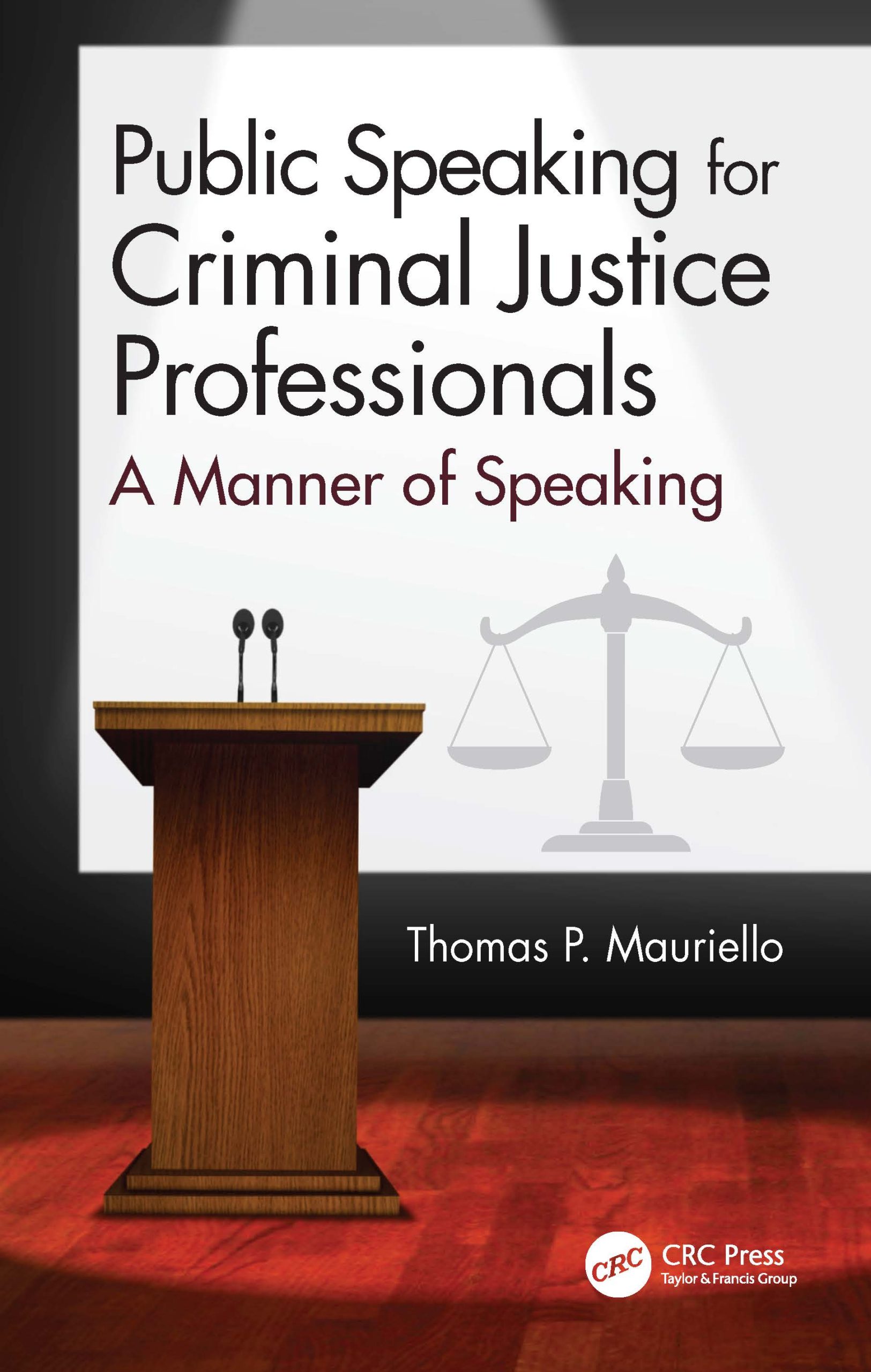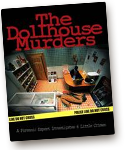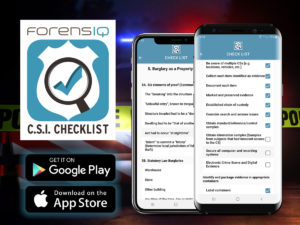Public Speaking for Criminal Justice Professionals – A Manner of Speaking
My most recent book published by CRC Press was released on July 7, 2020. The book’s target audience is criminal justice, security, and counterintelligence professionals, but the principles and skills for effective public speaking are the same for all professions and forms of oral communication. I invite you to check it out by clicking here on the title.
This book improves the reader’s presentation skills, whether you are preparing to speak to an audience of one or one thousand. It enhances the capabilities of the experienced speaker while producing an essential foundation for the beginner. The book includes techniques for speaking with confidence, choosing the right audiovisual technologies, and how-to strategies for satisfying the needs and expectations of any audience. One hundred-plus proven effective presentation “reflection tools” are highlighted and demonstrated throughout the book using illustrated criminal justice and forensic sciences topic examples.
Introduction to Criminalistics – From Crime Scene to Court Room (Digital eTextbook)
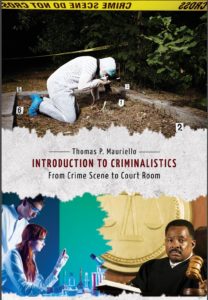
Published in 2017, this digital etextbook is a first of its kind online etextbook for the criminal investigation/criminalistics field of study. It integrates all available content, including – written text, video lectures, YouTube video presentations, and subject-related documents all in one media.
For the law enforcement professional, this product offers an opportunity to obtain much-needed knowledge, skills, and abilities for the newly assigned as well as the seasoned investigator. It is an in-service training tool that is delivered to the student’s mobile device or laptop, on-demand, 24/7. The product remains current with online updates as needed. The built-in graded quizzes and exercise activities test the student’s grasp of content presented.
Criminal Investigation Handbook: Strategy, Law and Science (Legal Treatise)
Criminal Investigation Handbook: Strategy, Law and Science, written for those who are responsible for conducting criminal investigations and who need to understand the activities of the investigative process. They include: police, federal special agents and investigators, governmental administration and security agencies, as well as prosecutors and defense attorneys who use the products of such investigations in their daily practice. It is designed to provide readers with the law applicable to virtually all phases of modern investigations in the United States. It provides them with practical advice as to how best to prepare cases for ultimate presentation in court, and to make them aware of the most likely points at which their evidence is vulnerable and subject to attack.
The Handbook answers not only the basic interrogatives of the investigation field: WHO WHAT WHERE WHEN and HOW, but, like no other treatise, Criminal Investigation Handbook also answers the question WHY:
WHY should the investigative report be all-encompassing?
WHY should the investigator consider the actions of the entire criminal justice system and look at the investigation as a process?
WHY does the investigator need to understand the value and principles of the forensic sciences and the capabilities of the crime laboratory?
WHY should the investigation begin with a strategic view of the end of the judicial process?
*Excerpt from the Preface, Criminal Investigation Handbook: Strategy, Law and Science.
Special Case Studies Contained in this treatise:
Appendix 1 : The Simpson-Goldman Murder Investigation — Analysis of the Investigative Issues.
No book on the subject of investigations can be considered complete without discussing what has been described by many as the Trial of the Century the O.J. Simpson murder case. The investigation was of the double murder of Nicole Brown Simpson and her friend, Ronald Lyle Goldman. The offenses occurred on June 12, 1994, followed by an extensive police investigation, arrest, and criminal trial, People v. Orenthal James (O.J.) Simpson. The trial included 133 days of testimony from 126 witnesses. A total of 1,105 pieces of evidence were admitted and 857 exhibits presented during the trial. On October 3, 1995, the defendant, the former All-American and NFL professional football player, TV sports announcer, movie star, and ex-husband of victim Nicole Brown Simpson, was acquitted on all counts.
The outcome of this case had an impact on the general public. As a result of some aspects of the conduct of the investigation of the murders, the quality, and training of those charged with the responsibility to investigate crime in our society were questioned. Before the Simpson case, the police investigation process was largely insulated from the public’s knowledge. But the widespread media coverage of the Simpson case prompted the escalated scrutiny of police investigative activities. As a result, all members of the criminal justice system must recognize their responsibility to strengthen their knowledge and skills in this area and ensure that they meet their own expectations and those of the public. Review of this appendix analyzing the Simpson case will broaden the reader’s knowledge of the issues in this case and will demonstrate how understanding these events can improve other investigations.
This appendix examines the investigative issues that were identified in the O.J. Simpson case, without suggesting approval or disapproval of the actions or words of the police, prosecutors, defense attorneys, expert witnesses, or technicians in this case; and without providing an opinion as to whether the defendant may actually have committed the crimes for which he was charged. Instead, it concentrates on the problematic issues that arose during the trial and provides references to places in this treatise where the reader can locate specific information, advice, and guidance as to the proper steps to take when confronted with similar investigation issues. This appendix is divided into four major issues or sections: The Police Response and Preliminary Investigation; The Crime Scene Processing; The Follow-Up/Continuing Investigation; and The Physical Evidence. Each section presents issues related to the major heading, followed by a reference in Criminal Investigation Handbook where readers can find more details.
*Excerpt from Appendix 1, P. App.1-1, Criminal Investigation Handbook: Strategy, Law and Science.
Appendix 2: The 2002 Washington, D.C. Area Sniper Shootings A Case Analysis of the Multi-Jurisdictional Investigation
October 2002 in the Washington, D.C. area was a time when few people were feeling safe from harm. One’s personal safety had been in question since the September 11, 2001 homeland terrorist attacks, but October 2, 2002 was the beginning of what became a series of 14 sniper shootings that spread throughout the Washington, D.C. metropolitan area. Fear gripped the region when it was realized that everyone was a potential target. What was unique about this case was that the victims were chosen at random, the crime scene locations were random, the times of occurrence were random, and there were never any credible witnesses, none who could provide a reliable description of the perpetrator(s) or their means of escape. What occurred without warning in the nation’s capital was a multi-jurisdictional shooting spree resulting in 10 persons dead, three wounded, and finally the arrest of two suspects 22 days later on October 24, 2002. The multi-jurisdictional investigation of the shootings involved law enforcement officials from federal, state, and local agencies across the United States, including the help and hindrance of the news media.
The author lives and works in the heart of the Washington D.C. metropolitan area where the shootings occurred. He and his family experienced the paralyzing fear and lack of self-control that was felt by everyone during this 22-day rampage.
This case had a large impact on daily life because of the intense media attention and the engagement of multi-jurisdictional investigative agencies not seen in recent times. Because October 2002 began as a slow news month for the American news media, the national 24-hour cable news covered every second of this case. Radio, television, and printed news media provided blow-by-blow accounts of fact, fiction, and speculation. Readers of this treatise should be familiar with the facts and circumstances of this case in the event they find themselves involved in a similar chain of events. 1 The information presented in the first analysis of this case was published in Release 13 of this treatise Prior to Trial. This final analysis integrates additional information presented during the trails of both defendants. It comes from media accounts and available public documents. It includes publicly known details on each sniper shooting: including victims, crime scenes, physical evidence, investigative procedures, media events, jurisdictional responsibilities, and evidence presented in each of the defendants’ criminal trials that occurred during the fall months of 2003. Also included are Reference indicators that direct the reader to pertinent sections of the Criminal Investigation Handbook for further insight on topics presented.
*Excerpt from Appendix 2, P. App.2-1, Criminal Investigation Handbook: Strategy, Law and Science.
The Dollhouse Murders: A Forensic Expert Investigates 6 Little Crimes
From Publishers Weekly
“While a University of Maryland criminology professor, Thomas P. Mauriello created six dioramas to help teach his students what it takes to investigate and solve crimes. In this volume, aided by novelist Darby (The Orphan Game), he has turned those classroom lessons into a fictionalized how-to manual of what’s, where’s, whys, whens and how’s of detective, forensic and medical crime scene investigation. With the six crime scenes-a living room, garage, store, kitchen, dorm, and hotel-already laid out in meticulous detail (and photographed by Consoli), Mauriello’s writing mirrors the police examination as he works backward from the ending to the beginning. Complete with characters, dialogue, and backstories, each diorama comes to life as clues are examined, leads tracked down and witnesses questioned. Given this book’s educational foundation, the writing is decidedly no-nonsense and the storylines lean toward the every day (i.e., these cases aren’t quite the Lindbergh baby or O.J. Simpson investigations). Instead of taking away from the effectiveness of the book’s message, its simplicity helps to outline the necessary steps of the investigation process that are routinely overlooked in the chaos usually associated with high-profile and intricate cases. For anyone who has been sucked into an episode of C.S.I. or The New Detectives, this book gives a glimpse at the unglamorous factors that go into solving crimes that TV shows often omit.”
Copyright 2003 Reed Business Information, Inc.
Also see Russell A. Henderson’s book assessment of The Dollhouse Murders. Russell is a student of Bryan W. Brendley, PhD, Guilford College, Biology Department/Forensics Institute, North Carolina.



